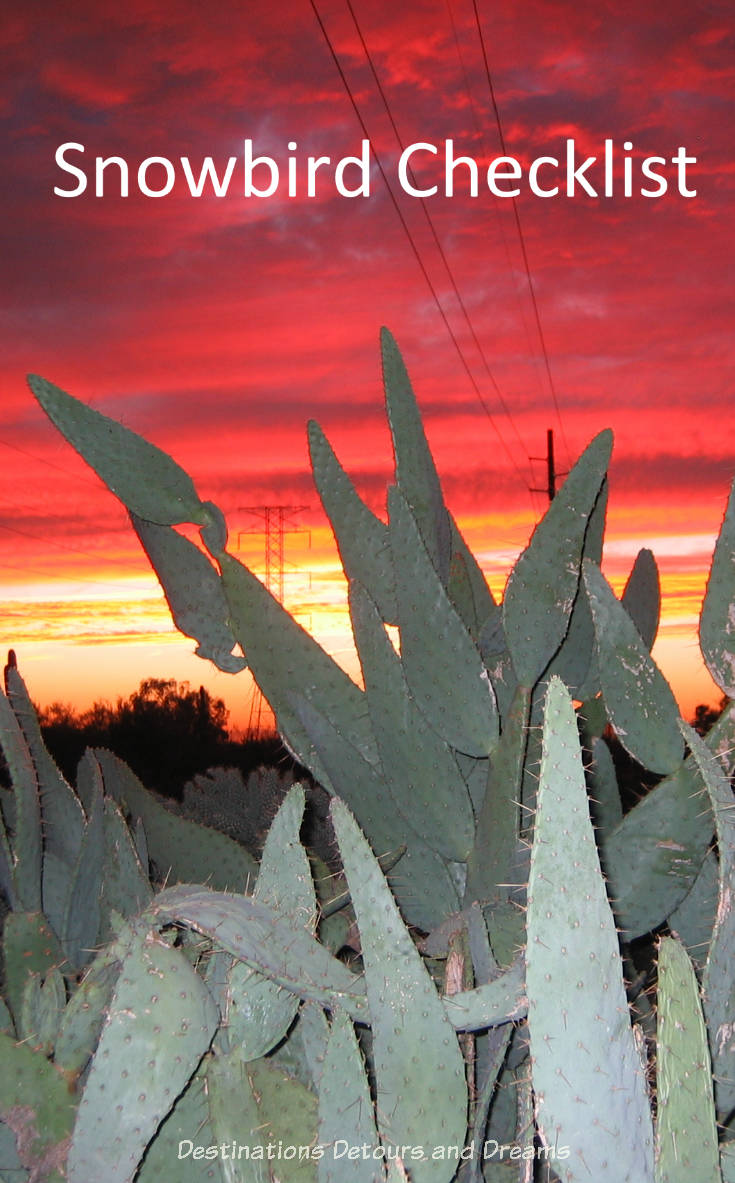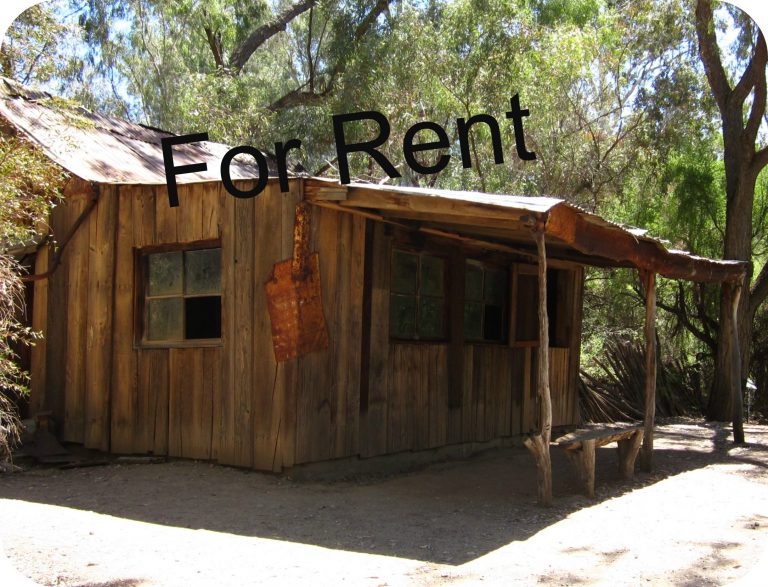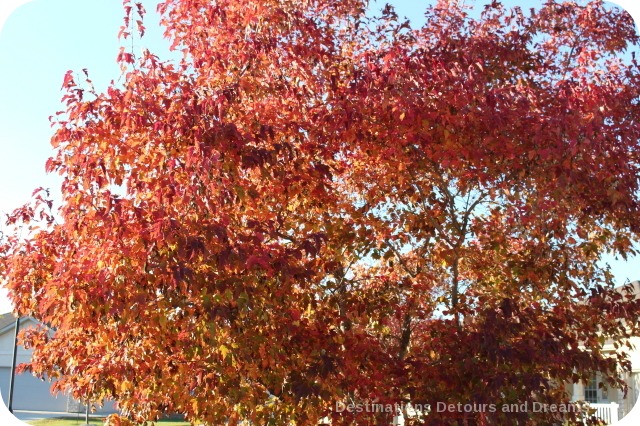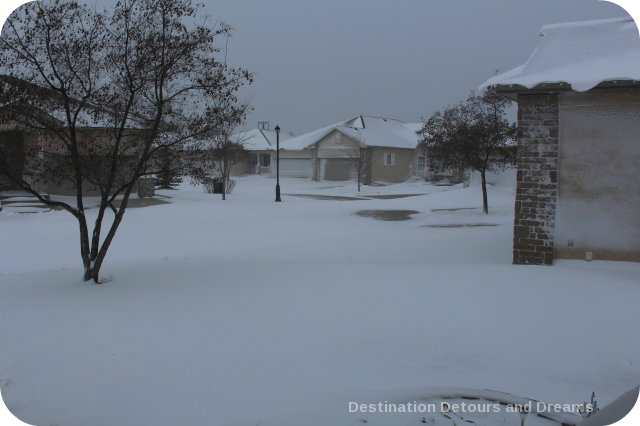Canadian Snowbird Checklist
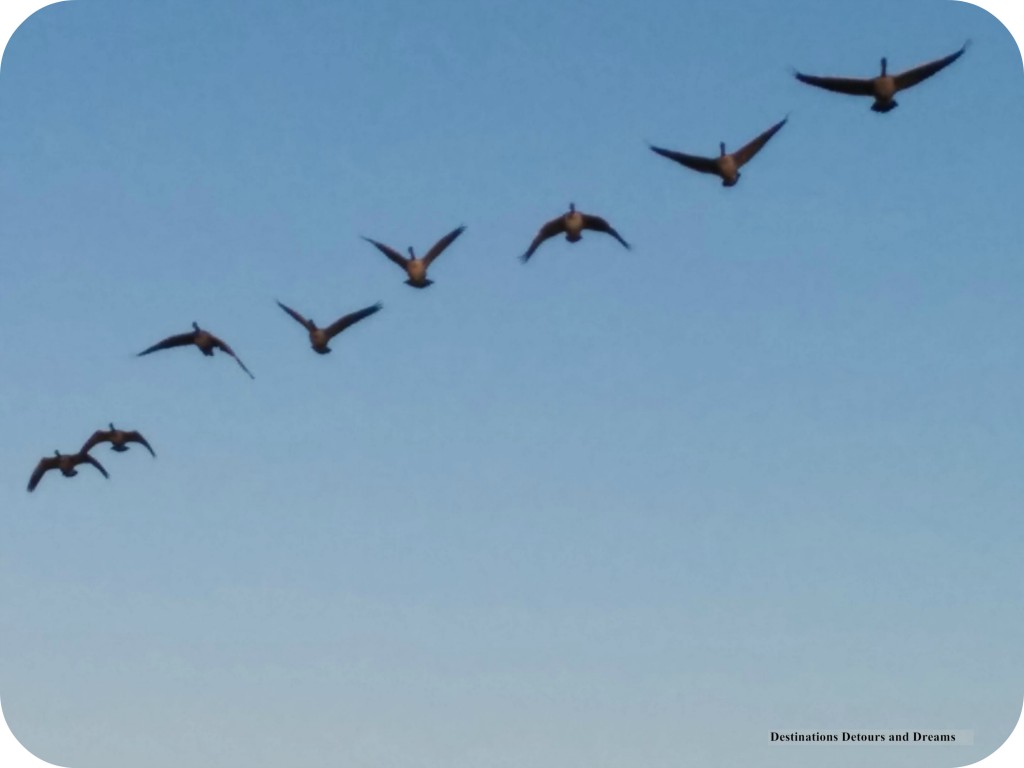
Tips on preparing for a winter away from home
(Last updated January 2023)
As fall crispness creeps into the air, temperatures drop, and Canadians prepare for winter. Many Canadians also plan escapes from the cold for periods of several weeks to several months. For snowbirds, who spend large portions of the winters in the southern United States, winter preparation includes a checklist of things related to their time away.
Long-time snowbirds have developed lists to be re-used year after year. My husband and I spent a few winters as snowbirds. We left our home in Winnipeg, Manitoba, Canada and spent four to five months in Mesa, Arizona, U.S.A. We figured out what we needed to do to prepare through online research, talking to friends, and trial and error. Here’s our list.
NOTE: Snowbirds originate in the northern U.S. as well as in Canada. Many things on the checklist are applicable to them as well, although there are some uniquely Canadian considerations, such as emergency medical insurance and currency exchange.
1. Protecting Your Home
If you have people living in your home while you are away, make sure they know what basic maintenance needs to be done, such as replacing or cleaning furnace filters. Make sure they are aware of any quirks in your home, such as what combination of electric appliances trips the breaker and whether the toaster sets off the smoke alarms, which, by the way, you might want to make sure are equipped with fresh batteries.
If your house will be empty, you need to make other arrangements:
- Arrange for someone to check your house on a regular basis, either a trusted friend or engage a house monitoring service. Check with your insurance company as to what their expectations are
- One of the major concerns about an empty house in winter climates is with the furnace. If the furnace stops working, frozen pipes and serious damage can occur in a relatively short period of time. If you have an alarm system, you might consider adding temperature monitoring. The alarm company will notify your emergency contacts when the temperature drops a set number of degrees. Monitoring of water levels around sump pumps and a rise in temperature in garages can also be done.
- Arrange for snow clearing. An uncleared driveway and snow-blocked doorway can be a beacon for thieves.
- Set some lights on timers.
- Cancel your newspaper. A stack of papers outside your door also advertises you are away. So does an overflowing mailbox. See Point 4.
TIP: You may be able to save some money while you are away by temporarily stopping your phone and Internet. Check with your provider. Do not stop service if phone or Internet is needed for your monitoring system.
TIP: You can lower the temperature setting while you are away and save some money on your heating bills. Set it lower than you would typically be comfortable with if you were in the house, but no so low as to risk freezing or damage in the house.
2. Pay Bills
Unfortunately, bills will still need to be paid even if you are away. Options for dealing with bills include:
- Make arrangement with the billing company to do direct debit from your bank account
- Arrange for bills to sent to you electronically and use online banking to pay those bills
- Make arrangements with someone you trust to pay the bills on your behalf while you are away
- Prepay bills if possible
You can use one or a combination of these options as best suits your circumstance and preference.
3. Access to Money
Arrangements need to be made so you are able to pay for purchases and have access to U.S. cash while you are away. Once again, there are several options and you can choose that which works best for you.
- Your Canadian credit card and debit card can be used in most places. The exchange fee used to convert U.S. funds to Canadian will vary as per the daily rate and most credit cards incorporate a fee for doing the conversion.
- To avoid the addition currency conversion fees, consider obtaining a U.S. funds Canadian credit card and setting up a U.S. funds Canadian bank account from which you pay the amount owing on the card. You can make transfers of money into the U.S. funds bank account when the exchange rate is most favourable. You may also be able to use the credit card to withdraw cash at ATMs. Check under what terms that is allowed. You may need to have a positive balance on your account against which the cash is withdrawn.
- Travellers’ cheques are mostly outdated now. If you choose to rely on them, you will need to find a bank that will cash them. Not every bank will.
- Although it is not advised to carry large amounts of cash, for shorter trips, you may wish to obtain all the U.S. cash you need before you leave Canada.
TIP: Many gas stations in the U.S. require you prepay before you fill up. In order to use a credit card at the pump, you must enter a zip code. If that zip code doesn’t match the address associated with your card, it won’t be accepted and you need to go into the station and prepay a set amount. To avoid this, check with your credit card company. They often can supply a “dummy” zip code that will be accepted with the card. Alternatively, you may be able to get your credit card company to temporarily associate the zip code of the place where you are staying with your card. Or try this tip that has always worked for a friend of mine: use the 3 digits in your postal code followed by 2 zeroes for the zip code (i.e. Postal code format is A9A 9A9, use zip code 99900). This has worked intermittently for us.
TIP: If you receive cheques while you are away, you may not want to wait until you return to cash them, especially if that will be past the stale date period of 3 months. If your bank provides mobile cheque cashing capability, you may be able to make the deposit via your cell phone. Alternatively, you can mail the cheque to your bank and ask for it to be deposited into your account. If the cheque arrives in the mail and your mail is not being forwarded (see point 4 below), ask a friend to take the cheque to your bank and deposit it on your behalf.
NOTE: Snowbirds who own housing in the U.S. often find they need to open a U.S. bank account to pay tradesmen and other expenses. This adds a different complexion to finances and access to money that I cannot speak to. We rented accommodations and didn’t have a U.S. bank account.
4. Handling Your Mail
What do you do with your Canada Post delivered mail while you are away? Again, there are options:
- If you are going for a short period and are certain there will be nothing in the mail of an urgent nature, you could make arrangements for Canada Post to hold your mail.
- You may wish to rely on a trusted friend to collect your mail and sort it. You should provide him or her information on what to watch for in terms of bills or urgent items and what can be ignored. The friend can contact you should there be something in the mail he/she doesn’t know how to deal with.
- You can arrange for Canada Post to forward your mail to your winter address. There is a charge for this, but it may be the best option if you are expecting an amount of mail that needs your attention. NOTE: If you choose this option, stop the forwarding about 3 weeks before you return to Canada or you may wind up with mail reaching the forwarding address after you’ve started your return to Canada.
- Place a No Flyers notice on your mailbox so these don’t build up. If you still have home delivery, tape it onto the front of your mailbox. If you use a community mailbox, tape it to the bottom of the inside of your box.
5. Medical Insurance
Arranging for emergency medical insurance is one of the most IMPORTANT items on the preparation list. While your provincial medical coverage may reimburse a portion of the expenses incurred should you have a medical emergency, the amount is usually limited to what it would have cost in Canada. Medical expenses in the United States are significantly higher and even a short hospital stay could cause financial hardship.
There are a number of providers of emergency medical insurance. The most appropriate plan varies by individual, based on age and medical circumstances. I am not in a position to recommend any particular carrier, but I encourage you to look closely at what is and isn’t covered, especially in terms of pre-existing conditions. A good, independent broker can help find the type of policy best suited to your circumstances. The Canadian Snowbird Association endorses Medipac Travel Insurance. Fees for travel medical insurance can often be reduced by increasing the deductible limit.
Some plans provide coverage for COVID-19. There may be an additional cost for that coverage. Check into the details of any plan to make sure you get the coverage you want and need. In some cases, there may be a discount offered if you have received a COVID-19 vaccine.
Note that provincial health plans typically have rules about how many days a year a person can be outside of the province and still retain their health coverage. Check what the exact rules are in your province. The limit is often around 6 months, although a few provinces have increased this to 7 months. There may be other limits to be aware of. For example, in my home province of Manitoba, if you are away for longer than 3 months at a time, you need to apply for a temporary absence card to ensure continued coverage.
6. Miscellaneous Items
- If you have a vehicle that is staying behind in Canada, either in a garage or parked outside, make sure you prepare it for a winter of sitting idle. The first winter we went away, we left my husband’s 1997 mini-van parked in our garage. When we returned in the spring, the battery didn’t work and wouldn’t charge. We had to buy a new battery. On older vehicles, the battery can be disconnect or removed. On newer vehicles, with engine computers, the battery can be hooked up to a smart charger. We now have a newer vehicle and our mechanic recommends we have someone drive it once a week.
- If you have a vehicle staying behind in Canada that will not be used, you may be able to save money on insurance by transferring to a “lay-up” type of policy for the period you are away. In that case, it cannot be driven.
- Before you leave, make sure you have made arrangements for any driver licence, vehicle registration, or vehicle insurance renewals. In Manitoba, a person has to show up in person once every five years to renew registration and vehicle insurance and to get a new drivers licence photo. If the time period for doing that will occur while you are away, you need to make special arrangements with an agent before you leave.
- Will you use your cell phone during your snowbird winter? If so, you may want to investigate what travel plans are available from your provider. Alternatively, you may consider getting a temporary U.S. plan (and associated SIM card) in your winter location. If you will use the phone to communicate with friends and family back home, the ability to make calls and/or text between Canada and the U.S. at a reasonable cost will be a consideration. Alternatively, you may communicate via wifi only using messaging and video chat applications. Technology and cell phone plan options have changed a lot over the years. I found a different solution each year. Some of the options I used eight years ago are outdated now.
I don’t claim that this is the definitive list of planning points for a snowbird winter, but it does include items we’ve found applicable to our own situation and that we needed to deal with. If it helps anyone else in their planning, that is great. If there are other items or options you would add to the list, I’d love to hear from you.
Get behind-the-scenes information, sneak peeks ahead and never miss a post: sign up for Destinations Detours and Dreams monthly e-newsletter.
PIN IT